Keep On Rollin’
Text: Millie Stein Images: Tobias Rowles
Here’s a useful thought from Salvador Dali: “I do not paint a portrait to look like the subject; rather does the person grow to look like his portrait”.
If this is to apply to portraiture of all forms, we might also like to consider what type of representation Tobias Rowles offers for his subjects.
Staring straight out from their monochromatic rectangle, the faces in Rowles’ images are more than direct; they’re positively intense. There are few smiles, but no real frowns either. The directive must have been ‘act natural,’ and it’s interesting to note how many disparate expressions this facilitates. But it’s pleasing to realize that, even when the actual expression looks tough or tired, openness filters through.
Maybe Rowles just knows how to pick his moments. But one gets the sense that his method is less cunning and more magical – closer to that skill, which great photographers have, of finding the tiny part in all of us that wants to be able to let their guard down with a stranger.
Rowles’ photographs invite us to imagine what he might have seen in each person, however fleeting, personal or small. His portraits invite examination – and self-examination for his subjects, no doubt – because they demonstrate to us that the everyday is a fascinating thing. As Rowles’ subjects may grow to identify with their black-and-white selves, so too is his audience afforded insight into what makes each of us distinct and, at the same time, profoundly normal.
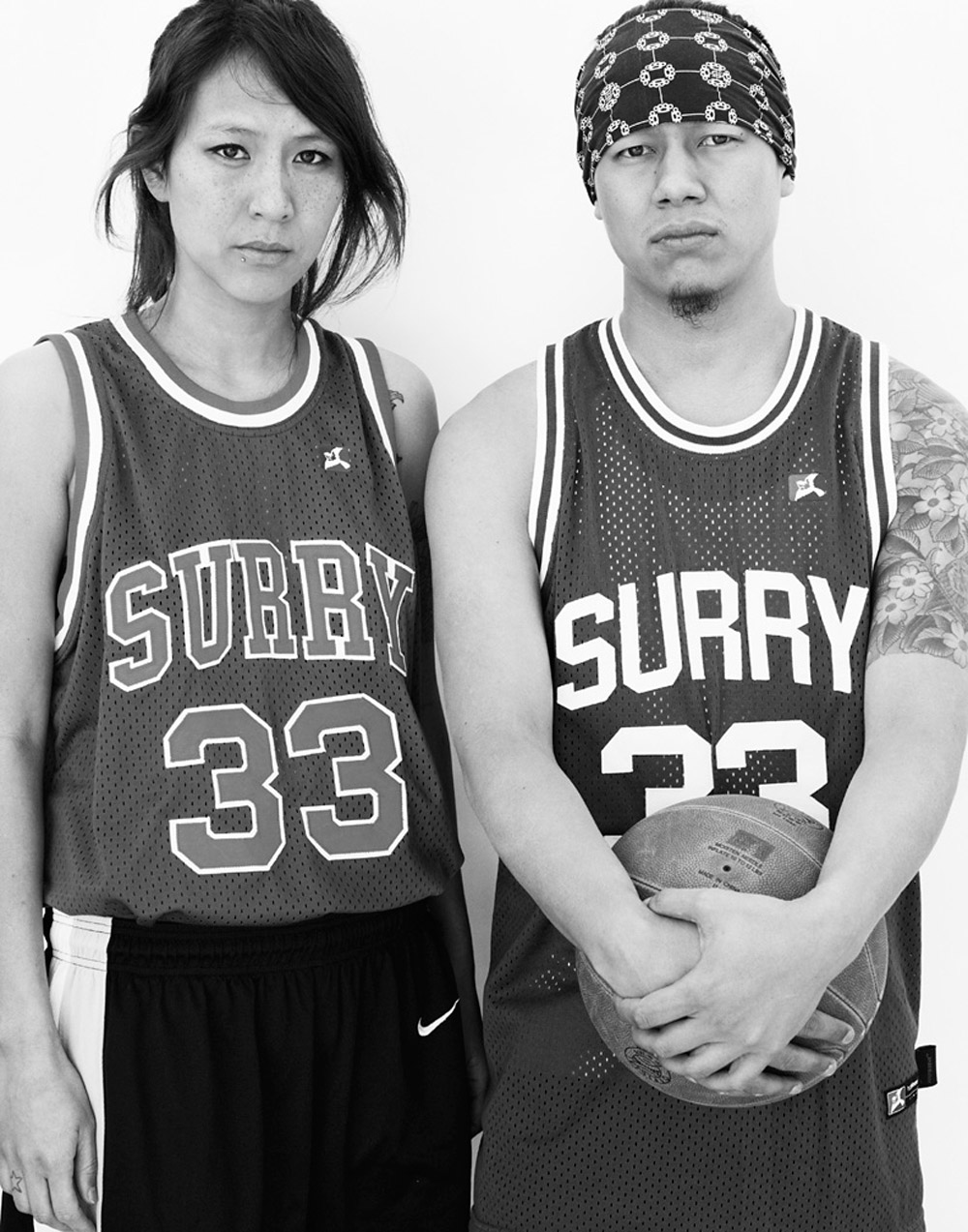
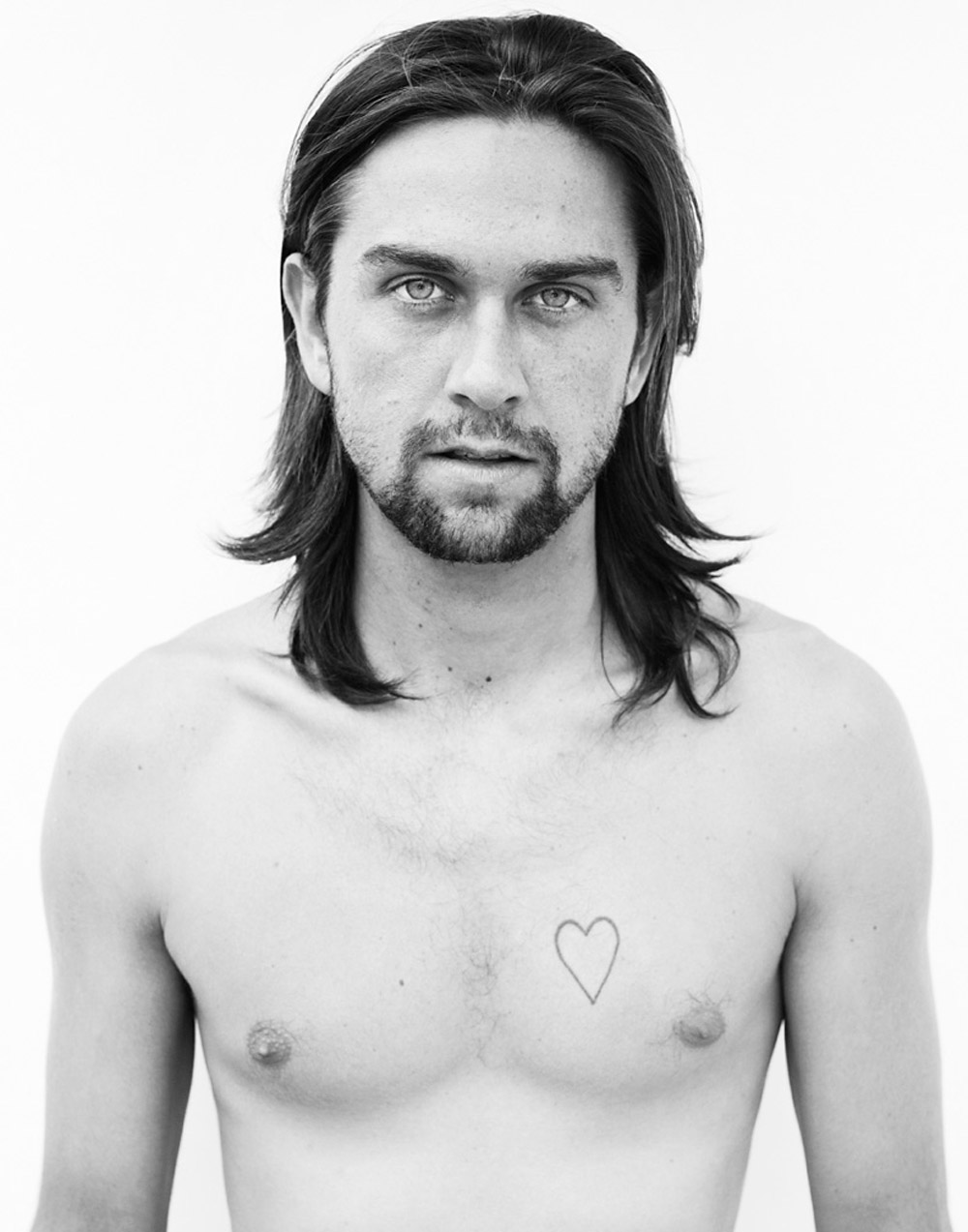
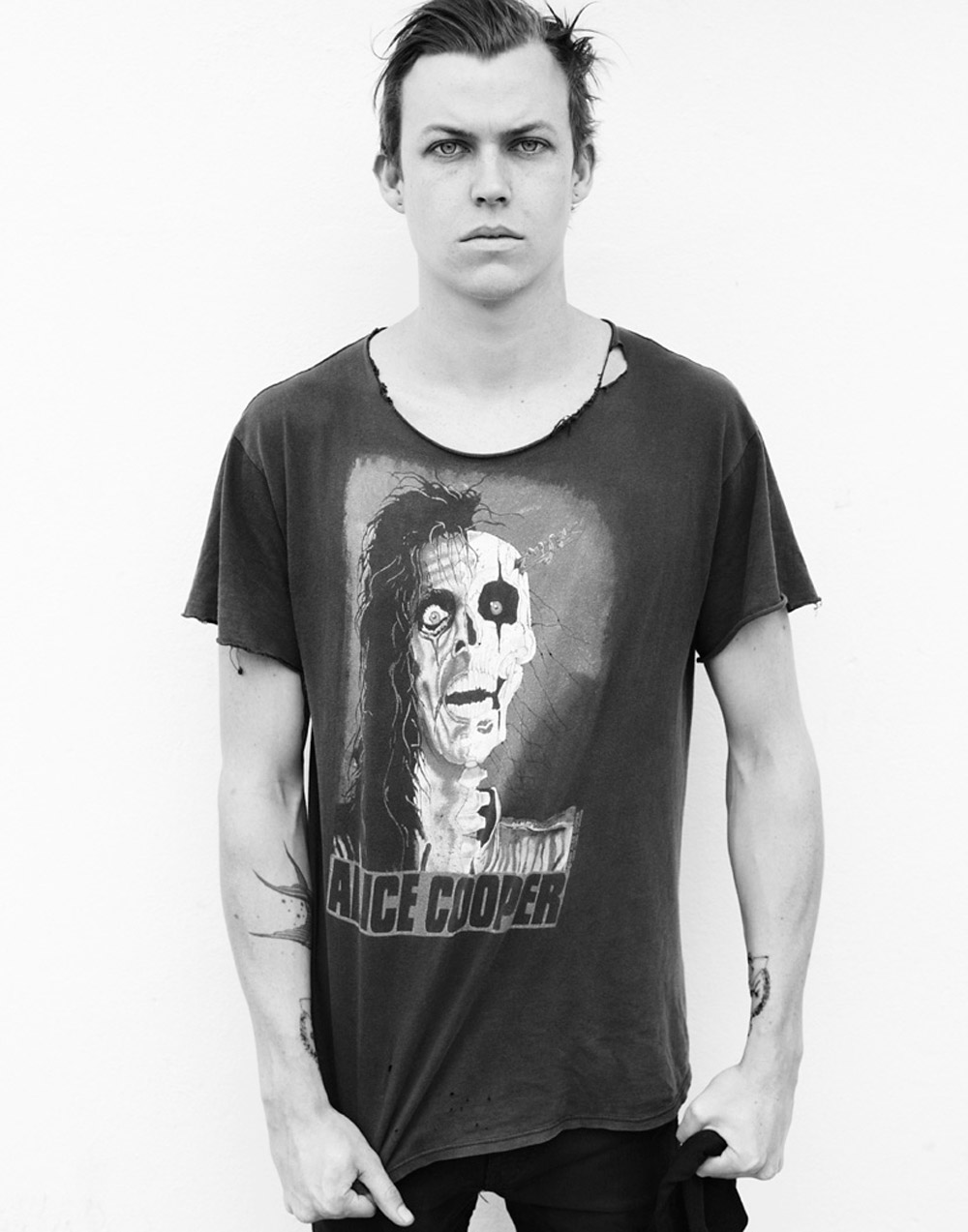
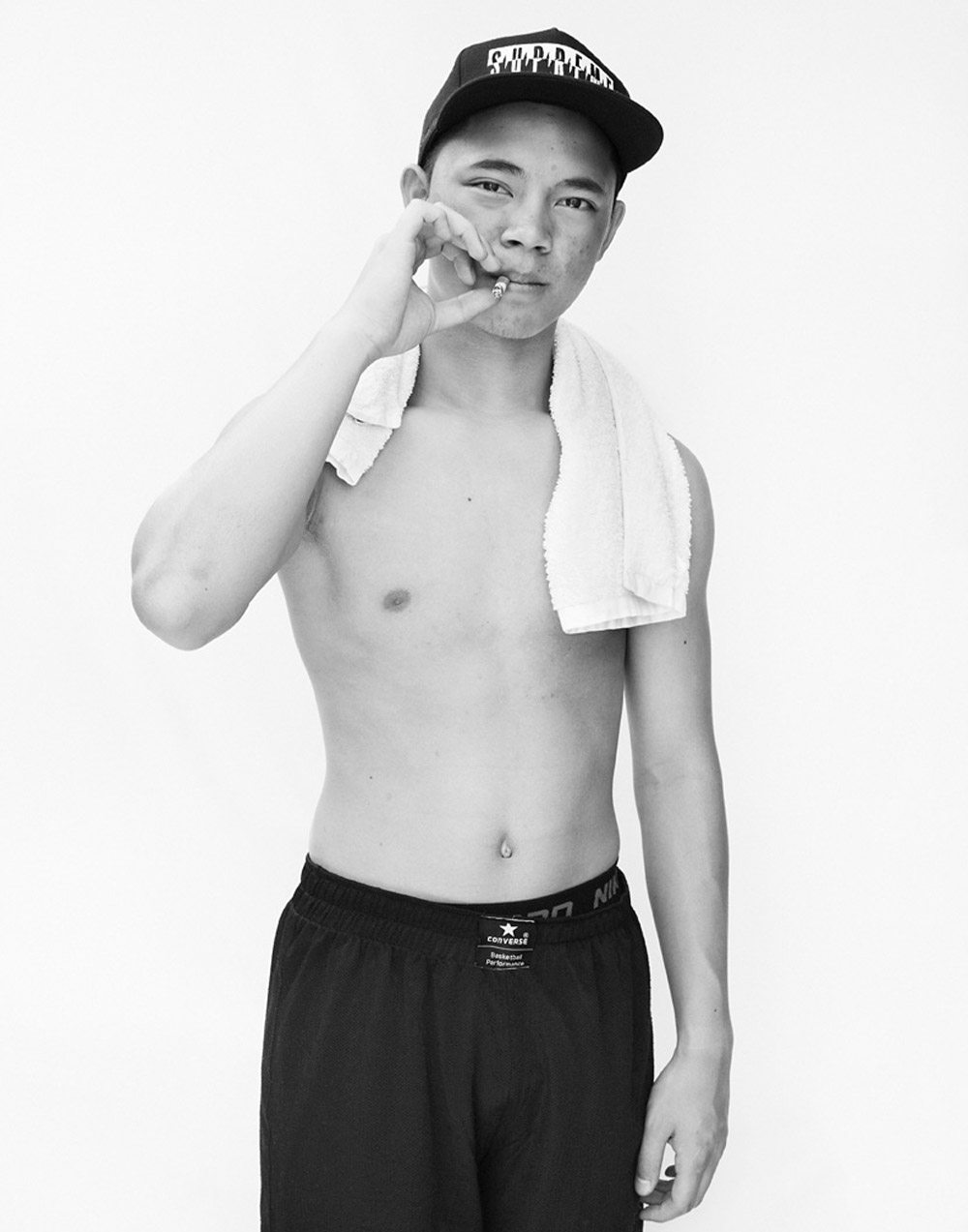
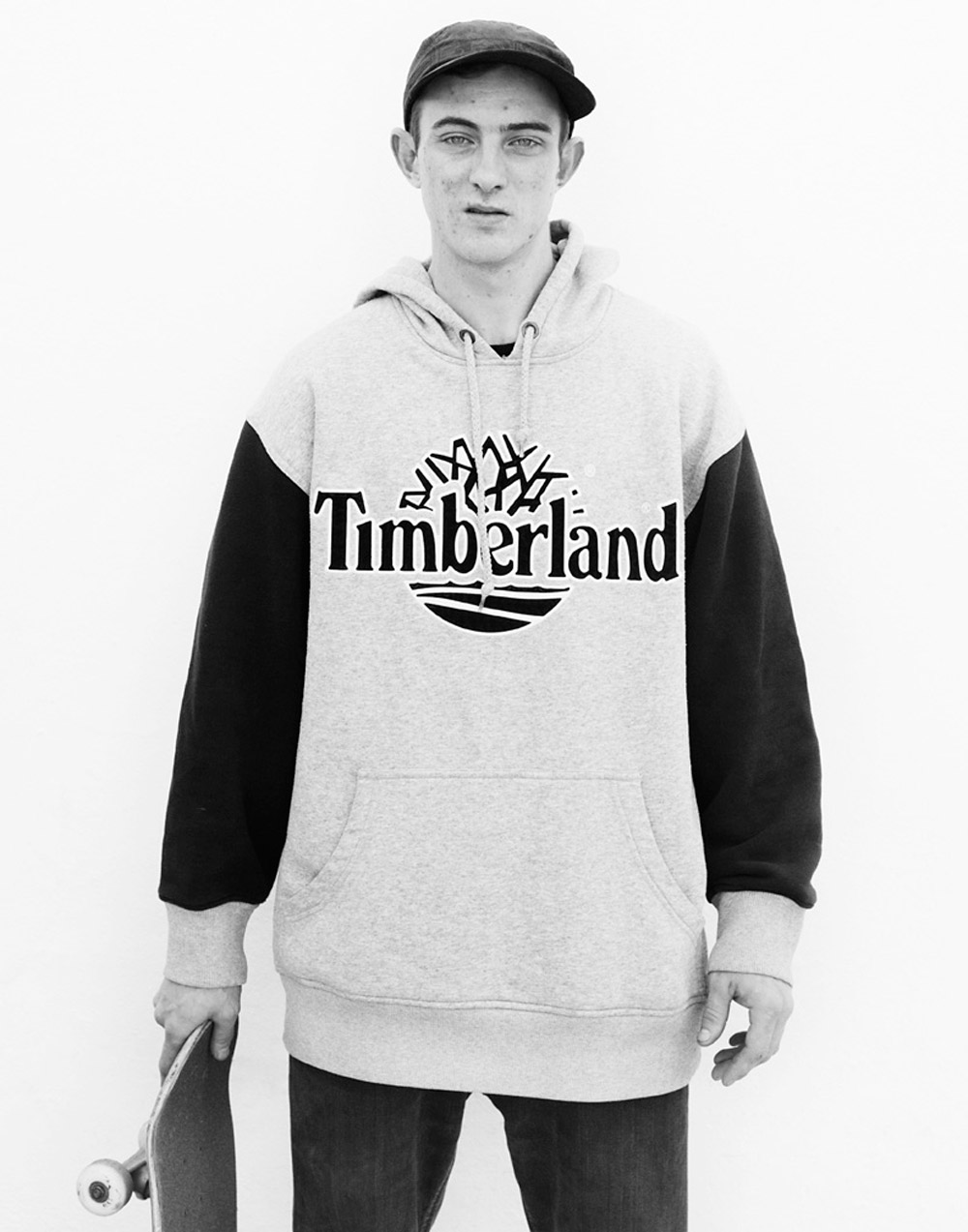
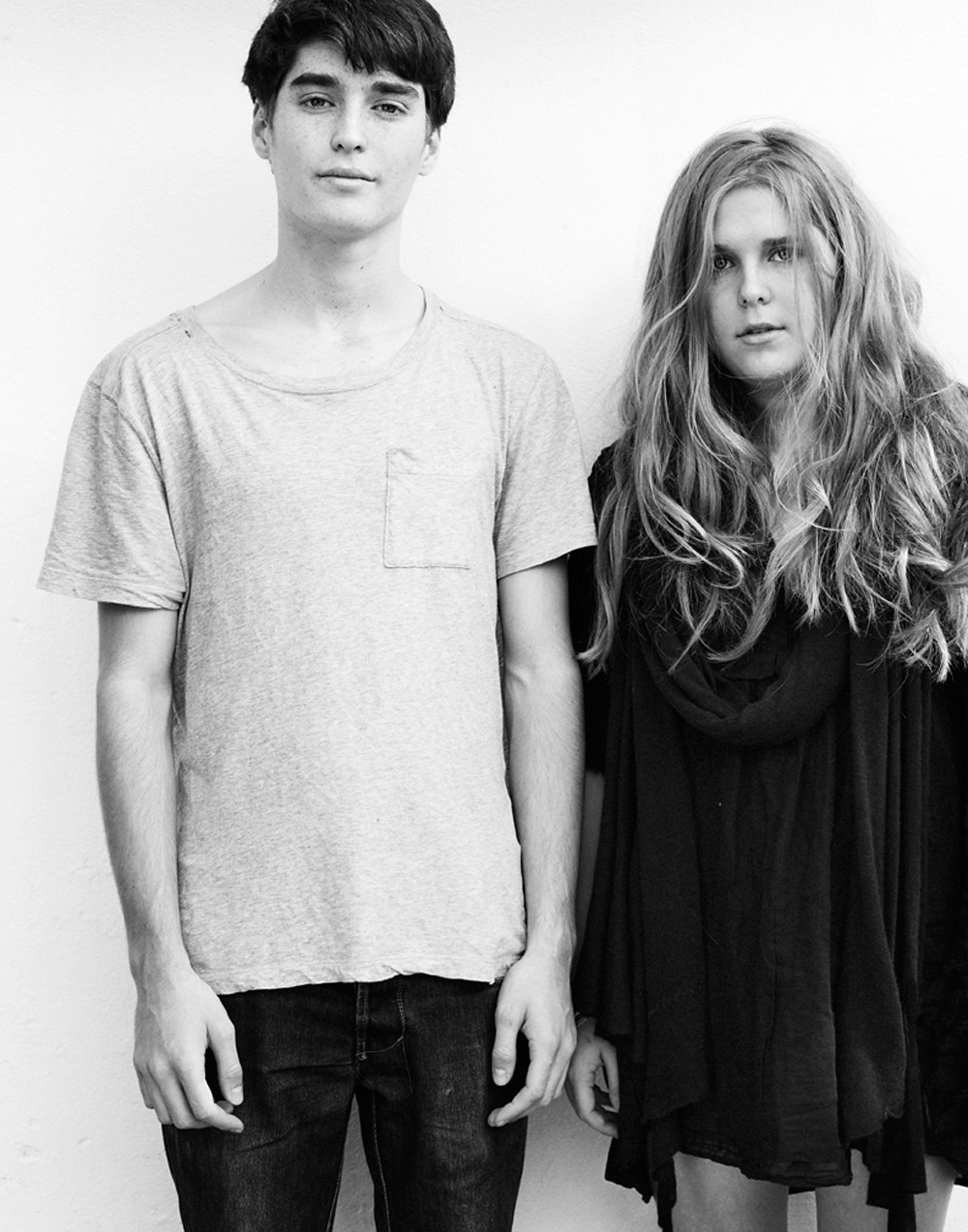
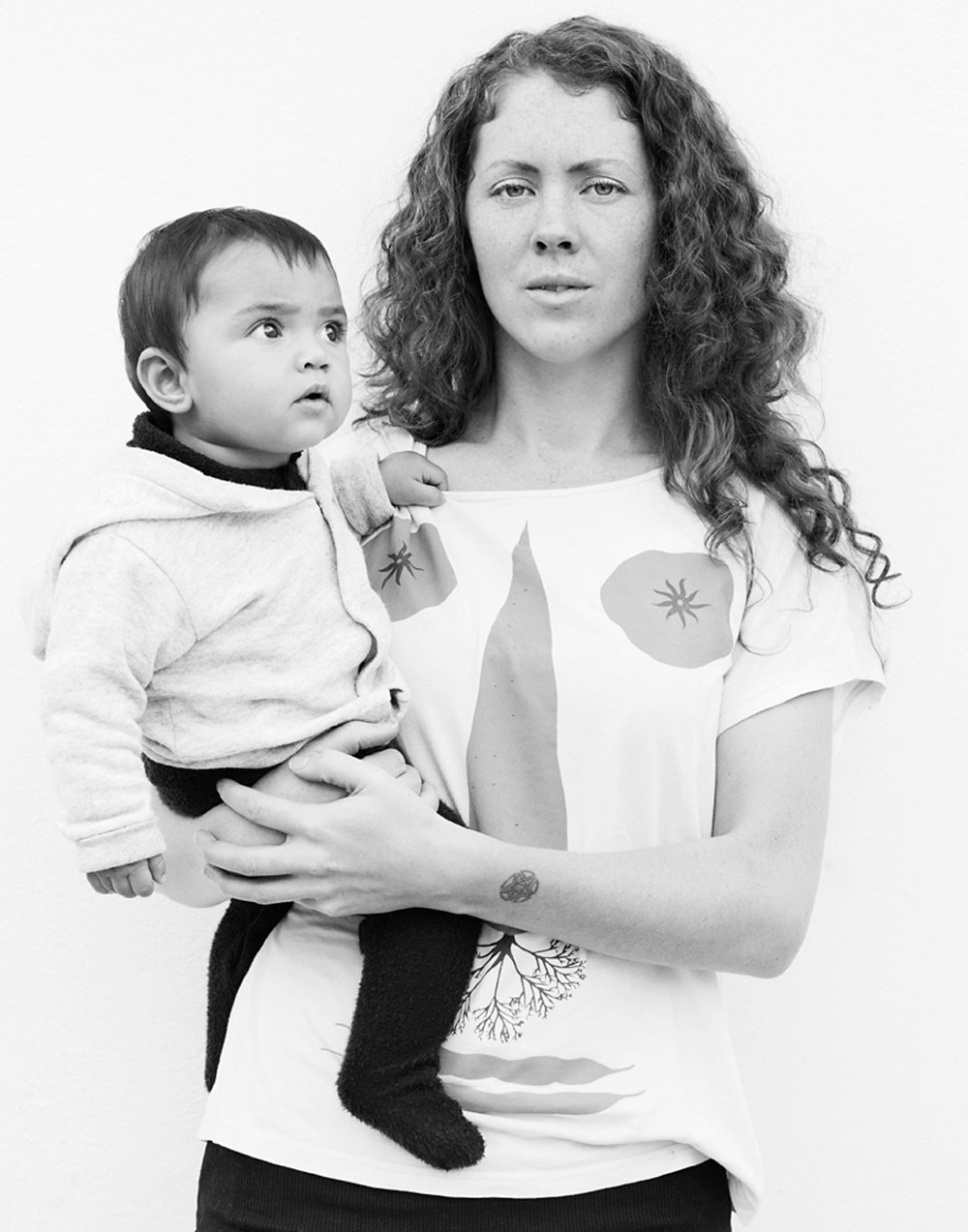

Millie Stein: How did you get started in photography?
Tobias Rowles: I first got into photography in high school when I was given a Ricoh point-and-shoot camera. Back then I used it as a way to document my direct experiences. I started to take it seriously at art school. I was trying a few different things out at the time but still remember the day I processed and printed my own film. I remember being really happy with both the end result and the whole image-making process. Ever since then I’ve known that photography was the thing for me.
MS: You mainly seem to shoot portraiture. Can you tell me what appeals to you about this?
TB: Portraiture has always been my main focus. I’ve always been drawn to pictures that tell a story and give an insight into the way people live. As much of my photography is centered on telling a story, portraiture is my way of capturing this. I work to reveal honest portraits of people, some of their intimate relationships and some of the places they inhabit. I’m fascinated with capturing people’s quiet, in-between moments.
MS: Can you tell me a bit about this series of photos in particular?
TB: My current exhibition is a series of black and white portraits of a group of young people in inner city Sydney. It documents their personal style, some of their intimate relationships and the sub-cultures to which they belong. It began as a one-off shoot with my friend, stylist Jesse Hart. We decided to shoot a few people we both knew. Happy with this initial result, I was to keen to shoot a broader, more random group of young individuals and see what it might uncover. Some were people I knew but mostly they were people I had never met. My subjects included best friends, ballers, skateboarders, lovers, siblings. Over time I found out that this seemingly random group were actually connected though many different relationships. I shot everyone over a six-month period against a white wall in a back alley behind my house with a consistent, even light. I wanted to ensure the focus was on the individual/s and nothing else.
MS: Do you find there to be a difference between straight-up documentation and capturing some sort of intimate moment in your pictures?
TB: In past projects my work has been as much about documenting the environment or event as capturing an intimate moment with a subject. This project is a little different as all of my subjects are shot against a white wall and removed from their environment. The pictures are all about the individual and capturing a moment with them. The documentation is really just the final realization of the project as a whole.
MS: Is familiarity with your subject important? Do you find it just as easy to create a sense of intimacy in portraiture with a stranger?
TB: Familiarity with a subject is very important. For this project, the process was much more involved than just asking a stranger for a picture. As I shot the majority of my subjects behind my house, we first shared a coffee and some stories. I was able to give them a clear idea of what I was doing before I picked up the camera.
MS: What appeals to you about photographing those close to you, or those from around where you live?
TB: I’m always keen to photograph people around me whom I feel I have some connection with, or with whom I share common interests and experiences. Through shooting these people, I look to reveal something of my own perspective or interpretation on life in Sydney.
Small World, an exhibition of portraits by Tobias Rowles, runs from 4–30 May at Somedays Gallery.
Opening 4 May, 6-8pm
Somedays Gallery
72B Fitzroy St
Surry Hills
NSW 2010
Tobias Rowles
Next story: The White Horse – Jordan Askill



